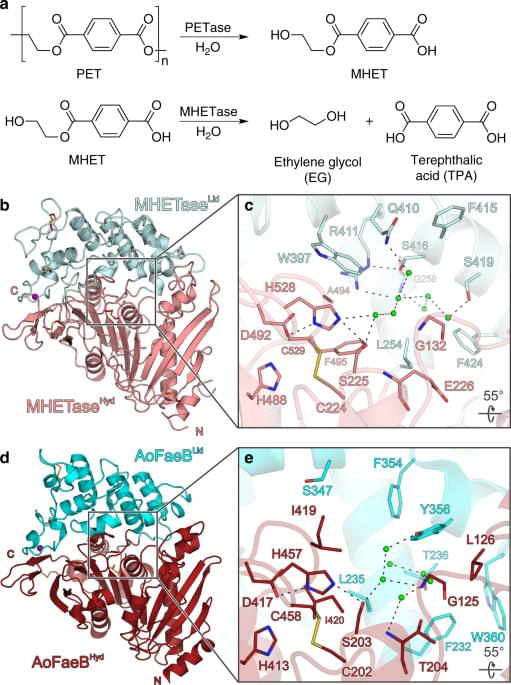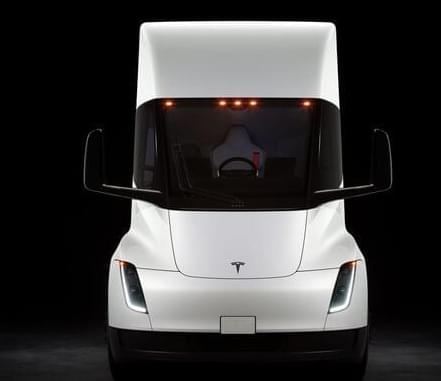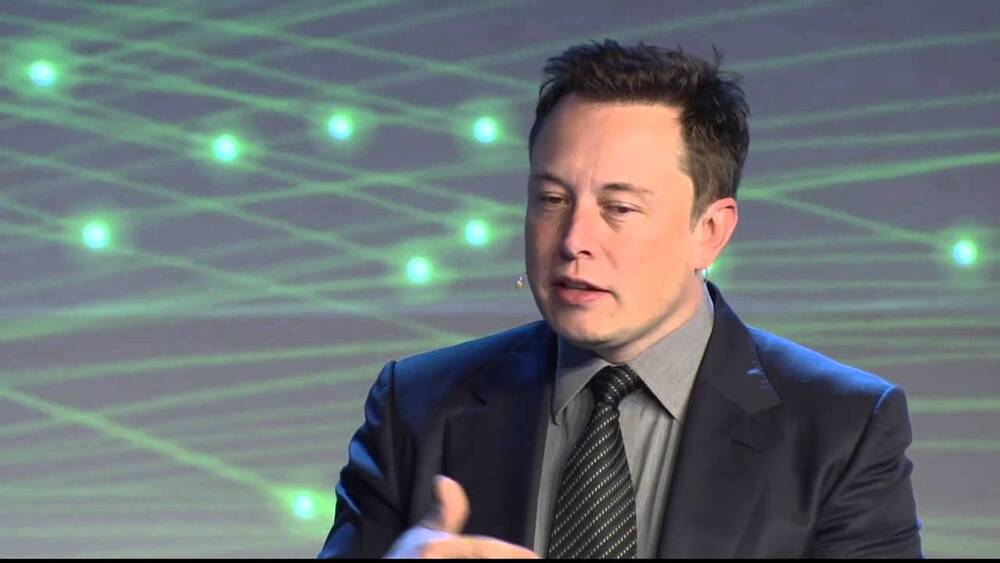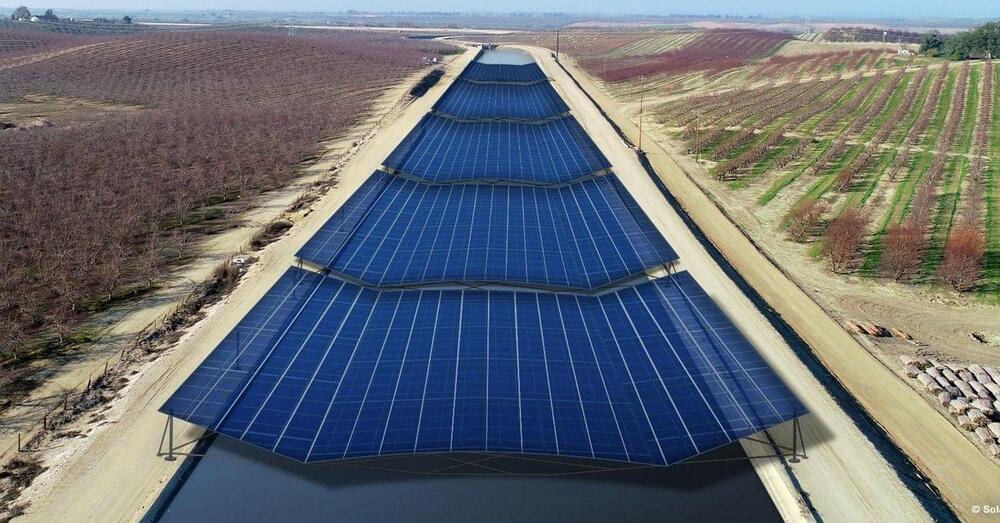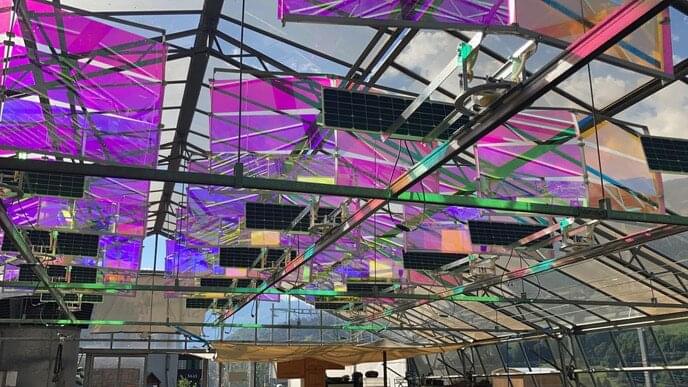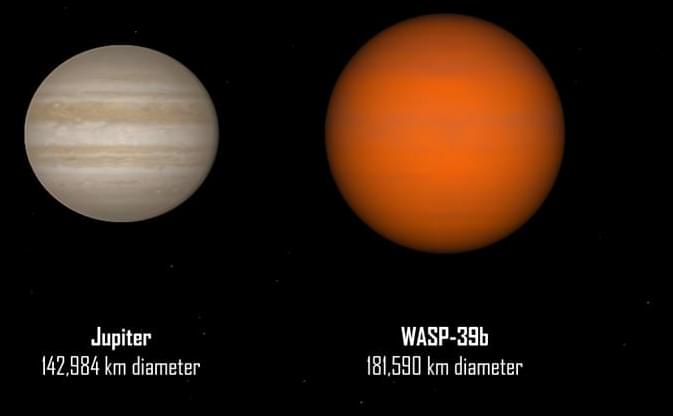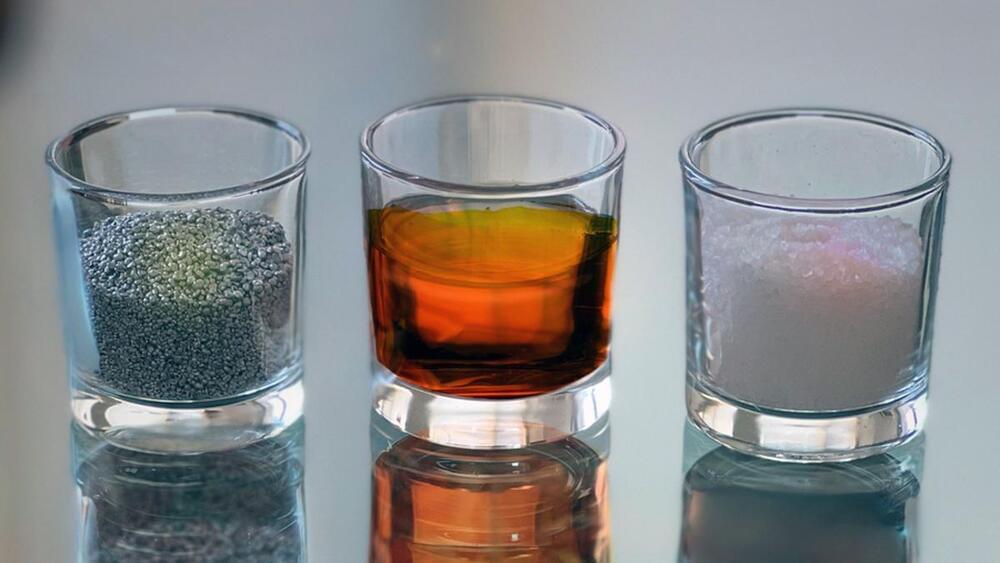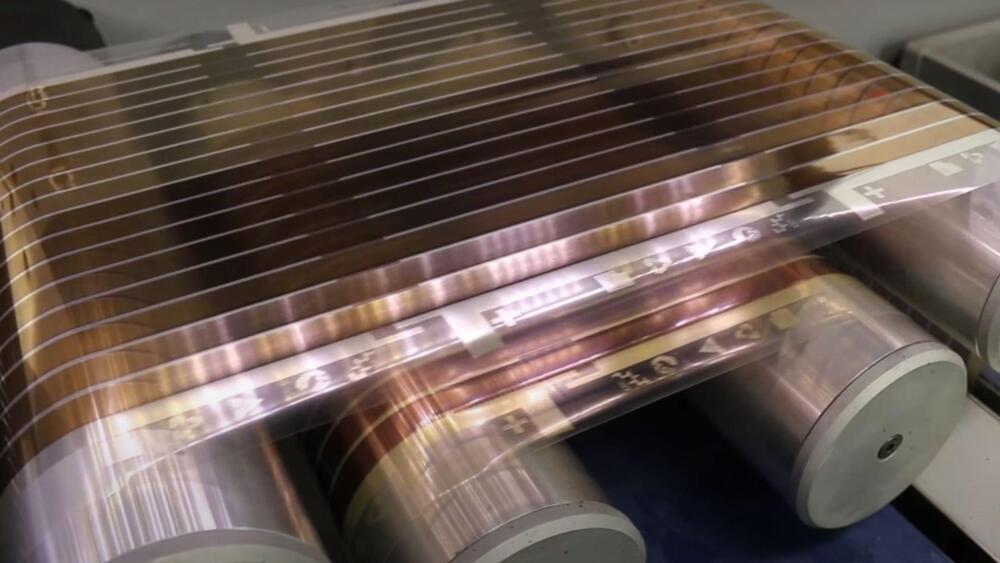Aug 28, 2022
Structure of the plastic-degrading Ideonella sakaiensis MHETase bound to a substrate
Posted by Quinn Sena in categories: food, sustainability
Basically this special bacterium Ideonella sakaiensis could solve the plastic crisis in the oceans by eating the plastic.
Plastic polymer PET degrading enzymes are of great interest for achieving sustainable plastics recycling. Here, the authors present the crystal structures of the plastic degrading bacterial enzymes PETase, MHETase in its apo-form and MHETase bound to a non-hydrolyzable substrate analog.
